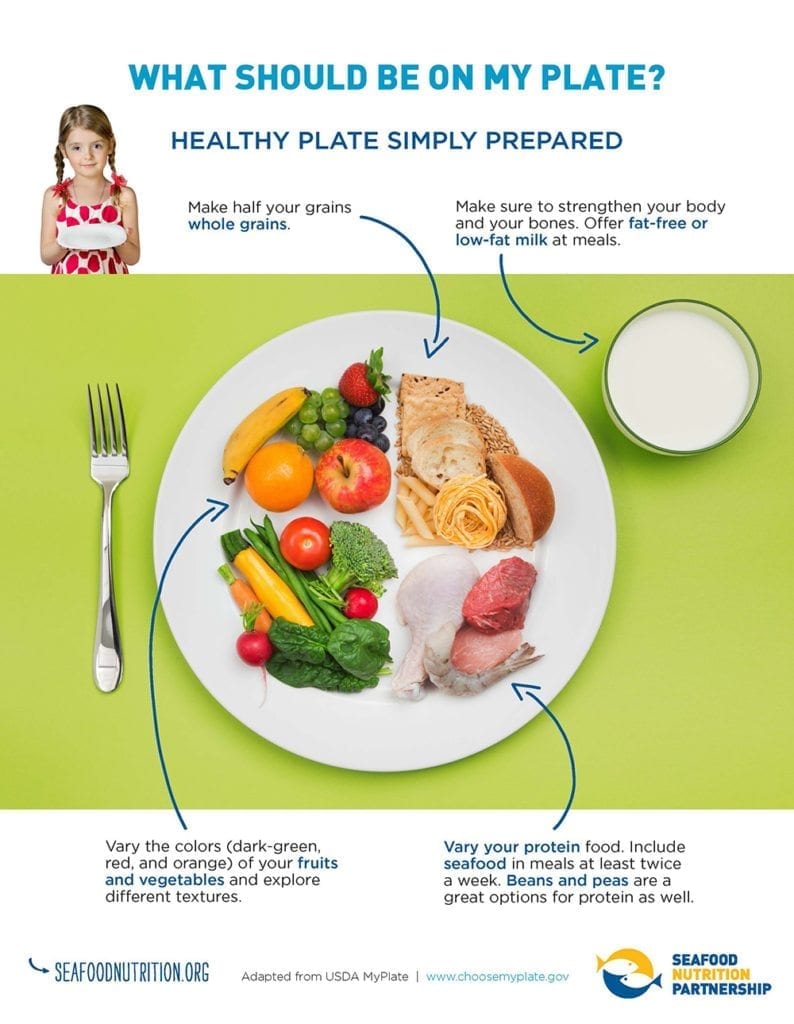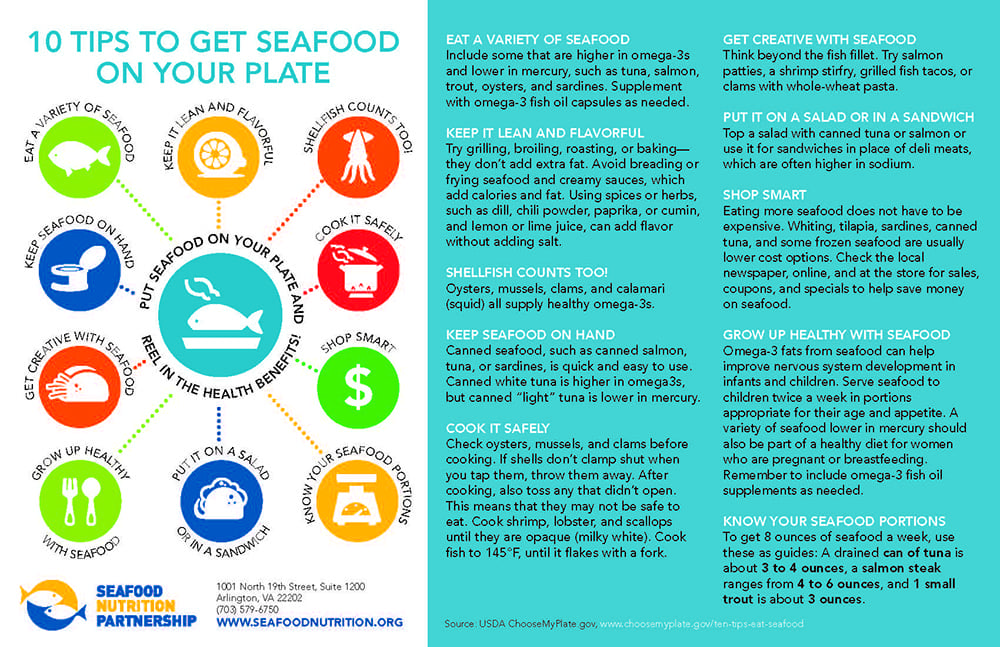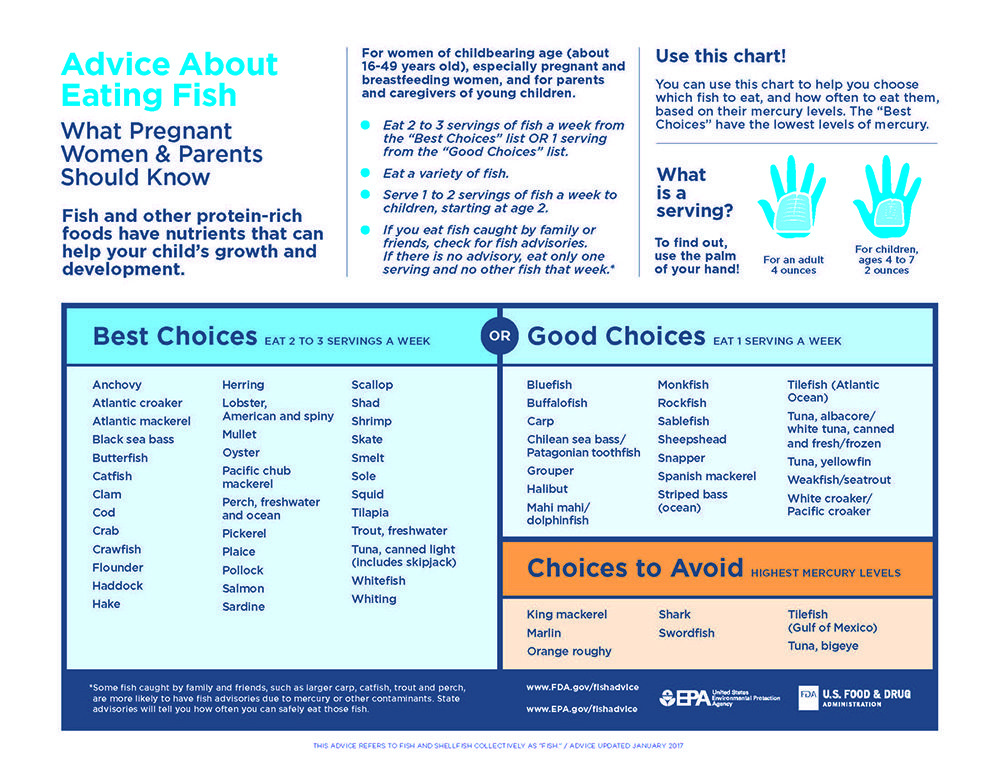Linda Cornish: The Secret To Eating Seafood 2x Week

If anyone knows how to get more seafood into your meal plan, it’s Linda Cornish.
Linda Cornish is the founder of the Seafood Nutrition Partnership, a non-profit organization on a mission to improve the health of Americans by eating more seafood, and an avid seafood eater.
Learn how she stocks her fridge to ensure she eats seafood at least once a day, how to get your kids excited about seafood, and the enormous amount of salmon you’d have to eat to reach any concerns for mercury.
How did you become interested in seafood?
Food, in general, is a big passion of mine. Growing up by the coast (I was born in Taiwan and lived in New Jersey and California when we moved to the states), seafood was a natural part of my diet. Not only is it delicious, but we can also really affect our health by what we choose to eat.
Then, while living in Memphis, Tennessee, I formed a local farmers market with a small group of community leaders and saw the impact of how healthy local food, including delicious and sustainable seafood, could really have a difference in people’s health. The farmers market is still running after 10 years.
After moving to Washington D.C., I applied my management consulting background to helping turn around non-profit organizations. I was presented with an opportunity to form a nonprofit around getting people to eat more seafood for better health, which I pursued. That opportunity became the Seafood Nutrition Partnership (SNP), of which I’m a founder. Through it, we help people get healthier by eating healthier, which includes eating more seafood as part of a balanced diet. It’s been a labor of love but it’s been worth it.

Before I started SNP, I had already given up red meat. However, working on this partnership, I’ve learned so much more about the different varieties of seafood and seafood in general. Now, I eat seafood about once a day—sometimes twice a day.
Tell me about the Seafood Nutrition Pledge: What is it and why would someone join? How do you participate?
We have a call to action which is the #Seafood2xWk Pledge and is based on the USDA’s dietary guidelines to eat seafood twice a week. When we launched our first public health education campaign back in 2015, we had several different taglines, but the Healthy Heart Pledge took off, along with our grassroots efforts in eight different landlocked cities. The cities were selected based on the Center for Disease Control and Prevention’s (CDC) maps for areas with the highest risk for heart disease. We found that the pledge was an easy reminder to people to make a commitment to eat seafood twice a week. It also followed the criteria for SMART goals: specific, measurable, achievable, relevant, and time-bound.
Over 50k people have taken the pledge. In the last three years, we’ve found that people take the pledge very seriously. For example, In Charleston, West Virginia, people will report back on how much seafood they are eating each week, even after three years.
It’s easy to join the pledge! Just go here.

What are your tips and ideas for getting seafood twice per week? What are some of your favorite go-to seafood fixes?
I always keep seafood in the freezer and barramundi is one of our favorites. It has a clean flavor, flakes really well, and we can defrost it in five minutes. To cook it, I lightly dust both sides of the fillet with a blackened seasoning from Memphis—any dry rub will work—and pan sear it. Serve it with brown rice and broccoli and that’s dinner.
In the freezer, I also keep salmon burgers, shrimp, and mussels. And in my pantry, I stock up on canned tuna, mussels, and salmon. I would buy more, but I’m running out of room!
And in the fridge, I’ll have smoked fish and add it to eggs and toasts.
I only buy fresh fish from the seafood counter if I’m going to cook it that day.
For me, the secret to eating more seafood (and to make it easy) is to make sure the freezer is well stocked. It’s faster than ordering something in and waiting for it to arrive.
What are your tips and ideas for incorporating seafood in lunches (either at home or on the go)?
I usually have a salad for lunch and add either grilled shrimp or tuna. If I have leftovers from the night before, I’ll pack it up as well. Also here in Washington D.C., we’re starting to see more poke places, which makes for an easy seafood lunch.
What advice do you have for parents to help them get their kids to eat more seafood?
I think the first step is for the parents to put away their preconceptions about what their children will or won’t eat. A few years ago, we conducted Eating Heart Healthy programs for moms in various cities where they learn a lunch and dinner recipe involving seafood. Each recipe came in at about $2.50 per serving, which is within the SNAP budget. One of the recipes the mothers learned to make was a mussels recipe, and they loved it. Each participant was given the seafood to make the recipe for their family at home. They came back to us and were shocked at how much their kids loved the mussels and even wanted more.
Also, when you teach moms about the benefits of eating seafood and about omega-3s, which are essential for brain health, they are even more motivated to cook more seafood for their kids. They want them to be healthy and smart.
So, two tips:
1. Be open and give your kids a chance to try new foods.
2. Make it fun! There is a reason there are so many nugget shaped foods, kids love playing with their food. Involve your kids in the cooking process. They are so proud of something they’ve made on their own. Let them pick the seasoning, or make their own fish taco. Allow them to be creative.

What are your thoughts, or advice, on navigating the tension between eating enough fish or overeating fish (chemicals, mercury)?
The overall consumption pattern for Americans is that we are not eating enough seafood. Ninety percent of people don’t eat enough. So, with that as the larger picture, overconsumption is not an issue.
For pregnant moms, we advise following the guidelines for the species to avoid: King mackerel, orange roughy, shark, swordfish, tilefish, and bigeye tuna.
However, if people are concerned about mercury, according to a 2014 FDA Net Effects report: You can eat 1,000 ounces of salmon a week before your hit the risk for overexposure to mercury. Considering that a standard portion of fish is 4 ounces, this would require an absurd amount of salmon. (Not to mention, the calorie intake would be enormous.)
The other thing to keep in mind is that fish, and especially ocean fish, are rich in selenium, which binds with any mercury and makes it unavailable to us. Most ocean fish have more selenium than mercury and the ones that don’t are the six species to avoid.
What is the biggest misconception about seafood and nutrition? What is something that you found particularly surprising?
The biggest surprise for me was finding that people (especially in landlocked states) don’t realize that there is high-quality seafood available to them. But, if you make them aware of the frozen-at-sea technology, that delivers the fish in a state that is fresher than fresh, they learn that good seafood is easily accessible no matter where they live.
However, people need to also demand great seafood. Buy it from the best retailer you can find, and work with the fishmonger to make sure the fish is of a good quality.
For more seafood nutrition know-how, visit “Your Brain on Omega-3s” and “Why Should I Care About Omega-3s?”
Sources:
- Fish Is Brain Food: Omega-3s
- Quantitative Assessment of the Net Effects on Fetal Neurodevelopment from Eating Commercial Fish (As Measured by IQ and also by Early Age Verbal Development in Children)
- Selenium & Mercury: Fishing for Answers